
24 minute read
Film Reviews
Directed by Marielle Heller
Starring Tom Hanks Matthew Rhys I N T H E M I D D L E R E C O M M E N D S
Advertisement
Arts & Culture
A bEAUTIFUL dAY IN THE nEIGHBOURHOOD
ANTICIPATION ENJOYMENT IN RETROSPECT 4 4 4 Don’t know much about Mister Rogers but love Tom Hanks! Mister Rogers’ philosophy may be apter now than it ever has been before. Hanks gives a great performance in a film with a simple message of kindness triumphing over cynicism. ‘It seems to me that some of us value information over wonder, and noise over silence,’ the children’s TV legend Fred Rogers once said in a 1994 interview with Charlie Rose. ‘You and I,’ he told the interviewer, ‘have a chance to help people know the value of silence.’ It has been 17 years since Mister Rogers died, but his simple message of kindness and acceptance seems more relevant today than it has perhaps ever been. For 33 years, he hosted the kids’ programme Mister Rogers’ Neighbourhood, and although not well known in the UK, most Americans born in the ‘60s and ‘70s are familiar with Rogers’ red cardigan, gentle cadence and welcoming manner. The show was revolutionary in the way it broached difficult subjects, such as death, grieving and divorce, without patronising its audience. In 2018, Won’t You Be My Neighbour? a documentary detailing the life and philosophy of Mister Rogers, was released to widespread acclaim. Now, we have a new biopic – A Beautiful Day In The Neighbourhood – starring Matthew Rhys alongside Tom Hanks, who takes on the role of Rogers. Rhys plays Lloyd Vogel, a cynical journalist loosely based on the real-life Tom Junot, who is sent to interview Mister Rogers for an Esquire piece on American heroes. Vogel is fascinated and frustrated in equal measure by Rogers’ seemingly impenetrable façade, and endeavours to expose the TV host’s dark side. At the same time, he is struggling with a whole host of personal issues, chiefly his toxic relationship with his desperate-tomake-amends father. Tom Hanks gives a brilliant turn as Mister Rogers, perfectly capturing his slow, calming drawl without ever making it feel like an impersonation. Hanks is just about the only actor working today who could have pulled off Rogers’ aggressive kindness, and, despite not being the film’s protagonist, easily steals the show. That is not to say that Rhys doesn’t hold his own, giving a solid performance as a man harbouring deep-rooted resentment who, through his encounters with Rogers, slowly learns to deal with this anger in a positive way. The film is not without flaws: there is one slightly incongruent dream sequence, while the particular set of issues Vogel is facing smack to some extent of contrivance. All in all, however, A Beautiful Day In The Neighbourhood is every bit as warm as the incredible man who inspired it, and its modest endorsement of empathy and forgiveness resonated with me at a time when it’s easy to overlook the value of silence. Thomas Vegeris Image: Vox I N T H E M I D D L E R E C O M M E N D S Directed by Wes Anderson Starring Owen Wilson Timothée Chalamet Released 28 August The french Dispatch FILM
ANTICIPATION 5 Anderson‘s first feature since 2018‘s Isle of Dogs, an overloaded A-list cast and music such as the likes of L‘Ultima Volta by Ennio Morricone and Aline by Christophe equals very high anticipation
ENJOYMENT 5 From the chemistry in the McDormand-Chalamet bathroom interaction to the stunning embellishment of colours, we expected nothing less from Mr. Anderson
OVERALL TRAILER
Wes Anderson’s notorious auteur colour palette has once again brushed our screens with the trailer for The French Dispatch or The French Dispatch of the Liberty, Kansas Evening Sun (to give its full title) hot off the printing press, receiving flying colours. This comes after his last quirky stop-motion animated feature Isle of Dogs that was released back in March 2018. Back with another stellar cast printed all over the teaser including the likes of Anderson heavy hitters Bill Murray, Owen Wilson and Jason Schwartzman and less common but nonetheless exciting collaborators Frances McDormand, Mathieu Amalric, Jeffrey Wright and Léa Seydoux. In addition, young stars Timothée Chalamet and Saoirse Ronan reunite after their previous venture into the indie with performances in Greta Gerwig’s Little Women. If you thought that was too much, prepare for more as these are not the only A-listers set to feature in Anderson’s latest flick. The end of the trailer reveals heavyweights such as Willem Dafoe, Christoph Waltz and Tilda Swinton, really making you question how Anderson will weave all of them into a runtime of just 108 minutes. The French Dispatch also looks set to engage audiences in a typical semi-chaotic idiosyncratic Anderson storyline which tackles politics (with chaotic black and white sequences) set against a stylistic 1950s French backdrop. Chalamet, Benicio Del Toro and McDormand appear to be part of TRAILER

the Parisian political turmoil narrative bubbling under the surface whilst unassuming editor Murray commands an American magazine company set in the fictional commune of Ennui-sur-Blasé. Credit: Greg Headley Image: Insider
The trailer combines many Anderson tropes in one neatly cut together montage. A mix of Anderson’s all-too-iconic symmetrical centre-framed shots with whip pans all look as though Anderson is parodying himself. However, although The French Dispatch may have the makings of another glossy Anderson copy and paste masterpiece with a French flourish, I for one, cannot wait to digest it.
An Interview with ‘The Bookish Type’: Leeds’ Fabulously Queer Independent Pop-Up Bookshop
Alex Gibbon talks to partners Ray and Nicola from 'The Bookish Type' about seeking solace in among the shelves, the ups and downs of setting up their business and the queer fiction you should be reading.
What is ‘The Bookish Type’? And what made you decide to set up shop?
Nicola: The Bookish Type is a pop-up independent queer bookshop in Leeds run by myself and my partner, Ray. We both love reading and visiting bookshops. After visiting Category Is Books in Glasgow, a ‘fiercely independent and queer’ bookshop we were so inspired by their friendly and welcoming space we thought how lovely it would be if Leeds also had its very own place like that.

Ray: When Nicola and I were teenagers we would hang out at a bookshop in Hull called Page One – it’s no longer there, sadly. It was a space where I felt very comfortable. Bookshops tend to be quiet and welcoming spaces, Page One was somewhere that I could find books, magazines or flyers about subjects that you wouldn’t be learning about in school.
Nicola: Yes, it was such a great place to go as teenagers; you could sneakily grab a copy of the Pink Paper (a free LGBT newspaper) and scurry home to read it. Page One was such an important place to find out that other queer people existed thanks to them stocking lots of LGBTQ+ publications.
Ray: When we open our permanent shop in Leeds we hope to be a space for all the LGBTQ+ community. Just like when we were young and figuring out our sexuality it was so important that a community bookshop existed. And now, even though we’re much older and our bookshelves at home are full of LGBTQ+ books, I still love going to radical independent bookshops and buying even more books I may or may not get around to reading!

What was the inspiration behind the name The Bookish Type?
Nicola: It’s really hard to come up with a shop name! We like that it says more about the kind of people that come to our bookstalls than the actual shop. We’re still toying around with our strap line but currently it’s something like ‘independent queer bookshop’.
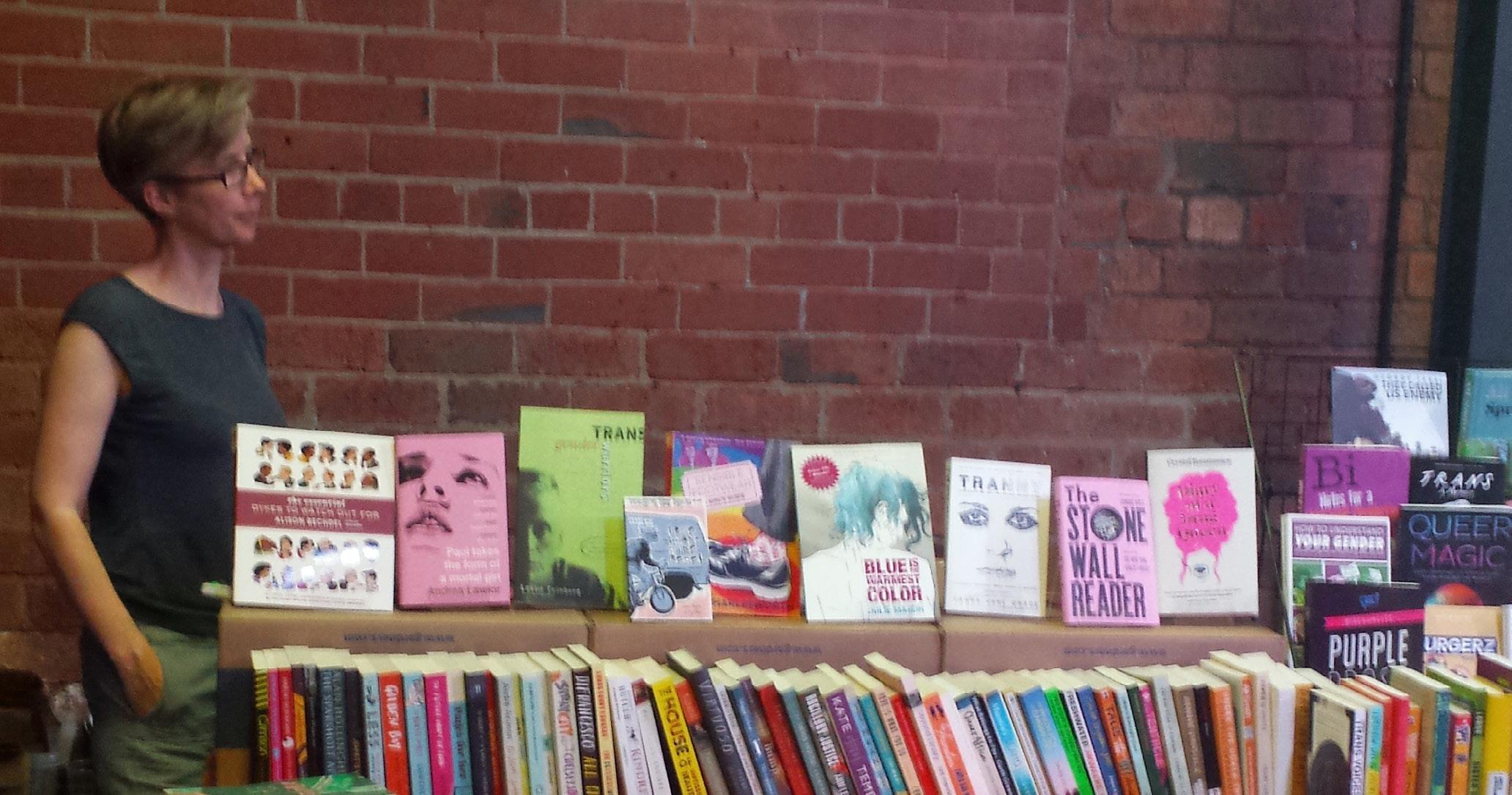
How were the early stages of setting up shop?
Nicola: We’d had a chat with a friend about our visit to Glasgow and mentioned that we’d love for Leeds to have a queer bookshop. A couple of weeks later Ray and I were at a party and someone said ‘Oh, aren’t you the ones opening a queer bookshop?’. So that then spurred us on to actually follow through with our vague mumblings about creating this space in Leeds.
Ray: Initially we did lots of research to find suppliers, choose books to stock as well as registering as a business, designing a logo, etc. Then we were ready for our first Pop-Up which happened at Leeds Queer Film Festival in May. Now that we’re planning for the opening of our shop we have to find out about so many more things. Silly things like which fire extinguisher you need or which cash register to install for the shop. These are all the kinds of details you don’t think about when your dream is just to open a bookshop.
Nicola: Yeah, we just want to share our love of books, not get bogged down with health and safety rules! We know that everyone who has supported us this past year has been really lovely and hope they’ll be just as kind when we’re bumbling our way through our first few weeks in the shop.
(I believe) The Bookish Type is approaching its one year anniversary. Any plans to celebrate?
Nicola: We ran our first Pop-Up in May 2019 so will hopefully be celebrating our first anniversary in our new shop. There will be plenty of events going on in the space. We’re not sure if we’ll do some kind of grand opening as both of us are pretty shy.
Ray: We’ll probably just open the door and hope all the bookish queers will wander in.
How do you feel the literary world is doing in terms of queer representation?
Nicola: Pretty good – we’ll certainly have no problem filling up our shop with books by and about queer people. What has been a pleasant surprise is discovering how many YA (young adult) books there are with queer representation. It’s really heartening to know that younger queer readers will now see themselves represented in stories.
with characters or themes that actually reflect the society we live in.
Any tips on new releases that have/will hit your shop soon?
Ray: There were some real stand out books from 2019 that are coming out soon in (more affordable) paperback such as Paul Takes the Form of a Mortal Girl by Andrew Lawlor, Frankissstein by Jeanette Winterson and Girl, Woman, Other by Bernardine Evaristo.
Nicola: I’m excited about Meg-John Baker’s new book although it isn’t out for a while yet. They spoke at the Leeds LGBT+ Mini Lit Fest last weekend and are such a good writer. I really like how they make fairly academic topics accessible. Their new book is a graphic guide called Sexuality which follows on from the graphic guides they have previously published called Queer and Gender.
What are your reading recommendations for LGBTQ+ history month?
Nicola: My all-time favourite book is Tales of the City by Armistead Maupin which came out in 1978. It still feels so relevant even 40+ years later, the idea of queers of all stripes moving to a city to live their best lives. It’s a book with so much heart and one that I have re-read many times since I first read it as a baby queer back in the early 90s.
Ray: I’m currently reading Confessions of the Fox by Jordy Rosenberg. It’s hard to describe the plot but it’s basically a made up bawdy tale of a trans guy named Jack, an 18th century thief and jail breaker, told by a trans academic who has found some manuscripts about Jack. I guess it’s like a less dense and very queer version of a Charles Dickens novel. I’m reading it in time for the next meeting of Queer Book Club Leeds in March. It will be a really interesting discussion as the book is so layered with so many things to talk about.
Where can our readers catch you next?
Ray: We are on tenterhooks waiting for our lease to come through for our new shop. It’s in Leeds city centre and we’ll reveal all once everything is finalised as we don’t want to jinx it!
ARTS & CULTURE
dear anime: where are your women?
Hunter X Hunter. The Seven Deadly Sins. Naruto. Titles such as these bounce from the tongues of eager fans as some of the most engrossing long-time manga and anime adaptations to date. Their plots are well-written, their philosophies complex; the atmosphere tense and action immense. However, if there was anything that could puncture such popularity, it is the aged and drained reality that women are still not approached as they should be.
As of 2020, we women are still witnessing either being hyper-sexualised or else side-lined to support the male characters that hog the spotlight. The stereotypes in anime that spring to mind are the lolicons, obvious fanservice, magical girls, stock shounen heroines and witless fangirls. With these stock characters in mind, it does seem to feel like talking to a brick wall when trying to convince outsiders as to why anime should be given the serious time of day. In terms of the over-sexualisation of anime culture, this may already have an interesting history as to why such representation has persisted. The earliest form of print culture in Japan’s history is potentially the practices of ukiyo-e. Established during the Edo period (1603-1868), ‘ukiyo’ was a concept of places known as the ‘floating worlds’ that encapsulated the paradoxical experiences of pleasure with transience – this being an ample way that one might describe the experience of going to the brothel houses. Shinmachi and Yoshiwara could arguably be what continues to inspire print culture in Japan so many eras down the line. It becomes understandable then as to how and why female sexuality and sexualisation continues to swell at the heart of Japanese animation, it becoming seemingly rueful that this element cannot be taken away from how women are portrayed as this would cause the entirety of the anime industry to wither and crumble.

It is not a matter of diminishing female sexuality but balancing it. It raised the question why the intelligence and artistry behind the ukiyo-e has not been properly embellished in depicting femininity. Many a competent writer and scholar from Haruki Murakami to Judith Butler, acknowledge how much of female sexuality is about performance and agency; it is a weapon that veers into either misogynistic archetypes of self-gain or more empathetic ideas of survival. It is imperative that in order to value the body, we must also value the brain. We must revise and humanise how we perceive female sexuality, for eradicating and diminishing it only threatens to serve the misogyny surrounding expectations of how women ‘should’ behave. This is what makes the best of the women sketched in the anime frame: this listicle including those that are quick-witted, passionate and determined yet also afforded the scope to be sexually articulate – to know and earn it.
Moreover, just as what often makes the sports genre of anime so popular – such as with Free! And Haikyuu!! – is how we often witness broiling emotions, complex rivalrous dynamics and intense characterisation as a result of infuriating setbacks.
Credit: Nave Bepop
This should be the case for women too. Women should be depicted as being allowed to strive for self-improvement and liberation; to not merely be concerned for the men in the game but also to burn for their own achievements and self-improvement. This lack of personal drive and ambition is what scraps many a long-standing anime from being recommended as feminist-friendly – Detective Conan’s Haibara Ai being arguably the only reason why one would give the series the time of day anymore. Even Shingeki no Kyoujin (Attack on Titan) spins on thin ice given how the ace Mikasa Ackerman is depicted as being so overly protective of the male main character as her love interest, these formidable characters being castrated by the idioms of their gender and prevented from fully embellishing their own agendas.
Thankfully, there are animations that are more celebratory of representing female authenticity. Hayao Miyazaki’s Studio Ghibli productions have long been the centre of discussion for fair and inspiring female representation; Spirited Away’s Chihiro, Princess Mononoke, Sophie from Howl’s Moving Castle alongside Nausicaa and Kiki being only a taste of feminine greatness. There are many other anime series that boast women of quick wit, ambition and sensual expertise - this range of the popular and underrated setting suitable examples for the industry to follow as we take on 2020.
GINTAMA When the title is a play on the lead character’s name and the Japanese word for testicles, it would be understandable for one for underestimate Gintama for its impeccable comedic and dramatic potential. It plays on the crude and slapstick humour that is true to the Edo period in which the series is set, somehow managing to marry its ridiculous adaption of outer-space aliens being the first to discover Japan with a nuanced taste of foreign entities destabilising the security of the homeland. The women fall into and embrace this balance of tragedy and comedy. Kagura Yato poses as the loveable and physically formidable third member of the leading trio, but the ensemble of fleshed-out females is not rooted with her. Other revered names include golden yet temperamental Shimura Tae, protective and perverse Sarutobi Ayame; sexually conflicted yet samurai-hearted Yagyuu Kyuubei and impeccable representative of Yoshiwara itself, Tsukuyo – Courtesan of Death. The ensemble doesn’t even stop there; the anime being more admirable for being able to develop such a carnivalesque ensemble of women that are grotesque yet loveable; easy to invest in and determined to never be stuck in the binary. THE WOMAN CALLED FUJIKO MINE You may know her as accomplice, lover and rival to Lupin III, but even before The Women Called Fujiko Mine manifested it has long been acknowledged that the titular character has a whole mind of her own. Fujiko Mine may be a professional criminal, cat burglar, spy and seductress, yet she is far from any stereotypical temptress, with this 2012 series being determined to prove this. Whilst the Lupin III franchise has spanned many series and movies for many years and many audiences, Fujiko’s story is not for the light-hearted. The tone is significantly darker and racier, yet the explorations of sex are fuelled with questions of morality, identity and psychology. The sketchier aesthetic perfectly compliments the sketchy and elusive character, Fujiko being perhaps more fascinating for not having a tragic backstory, instead simply being an embrace of women with adventure and greed as part of their natural arsenal. GEKKAN SHOUJO NOZAKI-KUN (Monthly Girls’ Nozaki-Kun) Far more comedic and lighthearted in tone than the last on this list, Monthly Girls will hold a special place in your heart with it‘s charming sense of ridiculousness. This romantic comedy follows high-school student Chiyo Sakura as her crush on schoolmate Umetarou Nozaki leads her into helping him illustrate his weekly shoujo manga. This may not seem such an inviting premise for female representation, yet the main plot acts as a trojan horse for plays on character tropes and genre. Similarly to equally funny and fluffy Wotaku ni Koi wa Muzukashii (Wotakoi: Love is hard for Otaku), this anime embraces the embarrassments and mishaps that comes with experiencing first love, yet allows Chiyo to be so open and inquisitive that she befriends a whole cast of characters outside of her love interest. One might say that the anime then is able to adapt a true essence of love that is platonic – not a relationship between male and female that is ‘purely friendship,’ but rather one that is based on unions of minds, ideas and art rather than diving head first into lustful scenarios that will inevitably fall apart. YAKUSOKU NO NEVERLAND (The Promised Neverland) Isabella and her uncanny poker-face win with flying colours. The impeccable animation with its focus on scene timings, musical accompaniments and attention to expression make it a masterpiece of tension – an animated equivalent to Parasite if there ever was any. It is no exaggeration to call Isabella a truly terrifying foe – her poker-face and unnerving grace whilst selling off her beloved children causing you to think that she is in fact as monstrous as it gets. Despite this, it is a true credit to the writers that even Isabella can be conceived as a victim in this mess. This is not a story necessarily where there is scope for forgiveness and redemption, but it is understanding that nuance that allows the anime to grab our attention – highlighting women not in the brackets of their gender but as fighters to be the last contender. MICHIKO TO HATCHIN You will be hard pressed to find decent anime that depicts ethnic minorities alongside complex femininity, but thankfully this package deal is available in the form of combo Michiko to Hatchin. Following escaped convict Michiko Malandro on the road with pet-named Hatchin – the supposed child of Michiko’s lost lover – this series upends and usurps everything you think you know about anime. With its gritty tone, focus on crime, bloodshed and embellishment of Latin American aestheticism, the show proves that anime has a cultural range that many studios fear to go. You might compare Michiko to Jessica Jones – each formidably moody and edgy with turbulent emotivity, Hatchin acting as a somewhat bratty foil whilst simultaneously being adaptable to the dangerous world around her. The quarrelsome duo make for an intriguing dynamic as you are never sure whom is the more empathetic or temperamental of the two. Theirs is a gruelling story of abandonment, mistreatment and rebellion, their dauntless partnership however outstanding against a backdrop of bleakness and corruption. AKATSUKI NO YONA (Yona of the Dawn) Last but by no means the least, here is anime with such outstanding female potential that the writers of Game of Thrones could take notes in their professional exile. Princess Yona begins as the product of many an irritating female archetype: a spoilt princess caught in the midst of a lovetriangle, this being flipped swiftly upside down as her wouldbe love interest is responsible for her father’s death and taking over the crown. This forces Yona and her childhood friend and bodyguard, the ‘Thunder-Beast’ warrior Hak, into hiding whilst pursuing the myth of the formidable ‘four dragons’ who used to serve King Hiryuu – a member of Yona’s ancestry. Starting off as a typical shoujo comedy, it is remarkable how Yona’s characterisation is able to evolve with such finesse and subtlety. Her narration is like Daenerys meets Mulan – an embrace of the former woman’s insecurities and vitality, but like the latter, she is allowed to embrace her strengths as a warrior queen and embellish her influence over the male characters in her esteem. Yona is constantly haunted by the past yet still manages the strength to be compassionate, her journey allowing her to perfect her own combative skills as a formidable archer outside of Hak and the dragon’s protection. Unfortunately, there are only two seasons of this brilliant series available, yet the manga is still ongoing. Yona’s is a story that many a writer should find enviable – a demonstration of individual and communal power that the western world sees as tyrannical ‘madness’ instead of much needed female courage and independence. Image: Hollywood Reporter
There has rarely been so terrifying and intriguing a depiction of female villainy as within this very anime. Child protagonist Emma is enough of a reason to want to watch the series as her buoyancy and determination are normally the given traits for the male lead in any given sports anime. Regardless, if we had to give a prize for a product of narratorial genius, then
TANIKA LANE
Credit: YouTube


Credit: YouTube
Credit: The Movie Database
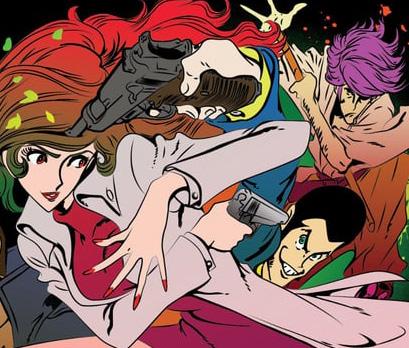

Credit: Twitter

Wealth: Women vs Stigmas
Research shows that nearly nine out of ten people with mental health problems say that stigmas and discrimination have a negative effect on their lives. With the current global discussion around mental health, it is more important now than ever that people speak up about mental health to raise awareness and challenge stigmas preventing people from having important discussions and seeking help.
Various social factors put women at great risk of poor mental health that may not impact men as much, such as low income and low status jobs, physical and sexual abuse, and isolation due to domestic responsibilities. Celebrities have a huge platform, making them a useful facilitator in sparking discussion. Here are five brave women who have done so:
Lady Gaga
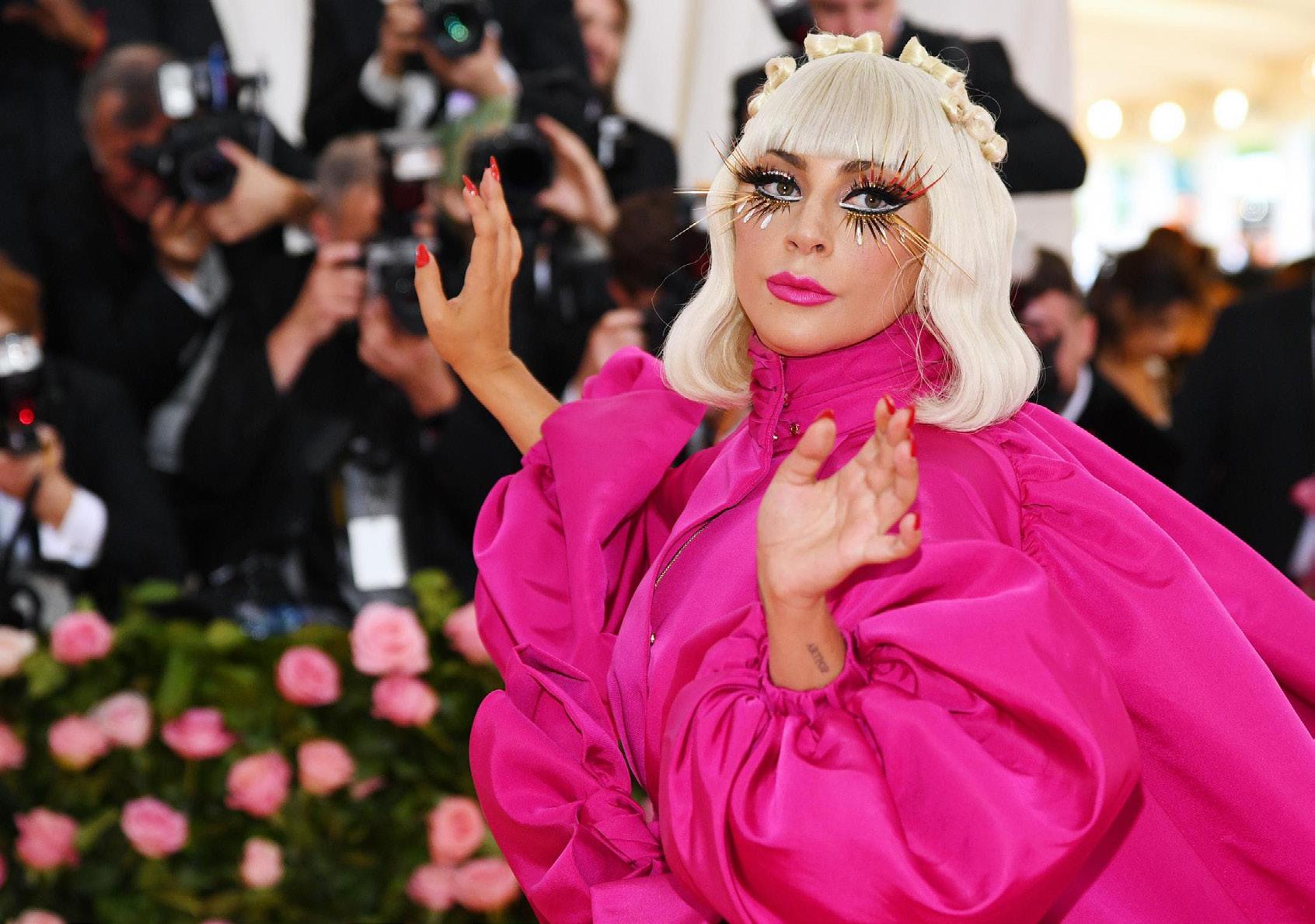
Famous for her overstated fashion sense, Lady Gaga has recently targeted society’s understatement of mental health. The well-known singer and actress has famously spoken out about her struggles with PTSD as a sexual assault victim, and has been vocal in encouraging others to open up about their own experiences. She once said in a speech: “We need to bring mental health into the light. We need to share our stories so global mental health no longer resides and festers in the darkness”. The Born This Way foundation was established by Lady Gaga in 2011 with the aim of creating a “braver, kinder, world for youths”, demonstrating her dedication to and activism for the future of mental health.
Credit: Getty Images
Kesha
In November 2017, Kesha composed an essay for TIME magazine to reach out to people with mental illnesses in the holiday season during which she urged her readers to be kind to themselves. The singer has struggled with mental illness for many years as she entered rehab for an eating disorder back 2014. More recently in 2018, Kesha released a documentary called Rainbow: The Film that conveyed her struggles over the last five years. In her discussions of mental health, Kesha has said: “Depression, anxiety, and mental illness are things we all need to talk about more, and there is no shame in asking for help”.

Ariana Grande
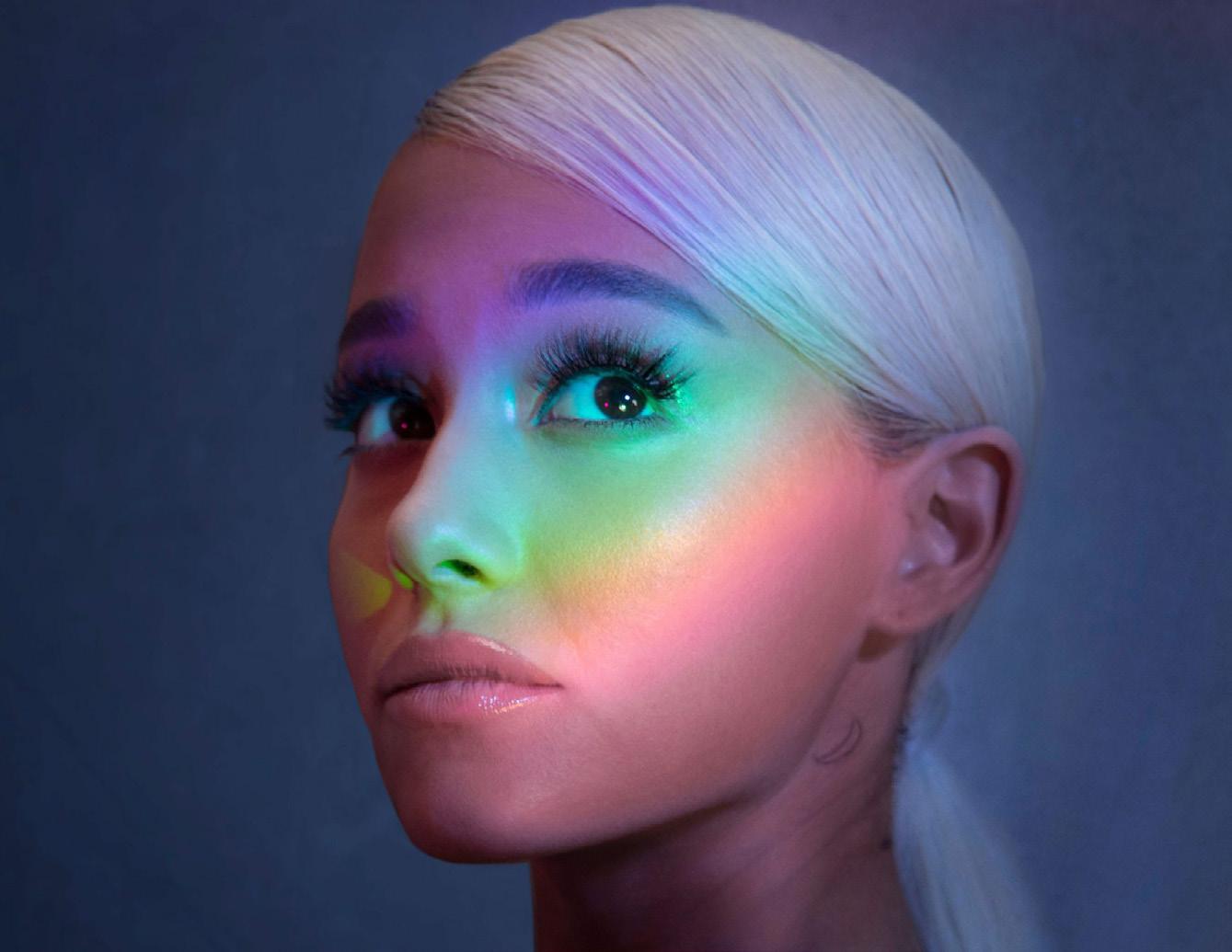
After Ariana Grande and her fans were tragically targeted in a terrorist attack in Manchester in 2017, the singer has been increasingly more open with her struggles around mental health, particularly PTSD, anxiety and depression. She took to Instagram to shar a candid post with her fans explaining her reasons for cancelling her tour, sharing that her anxiety and depression had recently been at an all-time high. The singer’s honesty about her struggles and her decision to prioritise her mental health can serve as an inspiration on her incredibly large platform.
Credit: Republic Records
Michelle Williams
Mental health issues do not discriminate based on race; studies have shown that African Americans are 10% more likely to experience serious psychological distress. This is why it’s important that celebrities such as Michelle Williams from the famous girl band Destiny’s Child have spoken out about their experiences. In 2013, she revealed that she had suffered a long battle with depression dating back to her teenage years. In an interview she spoke out to her fans saying, “It’s OK if you’re going through something. Depression is not OK, but it is OK to get help”.
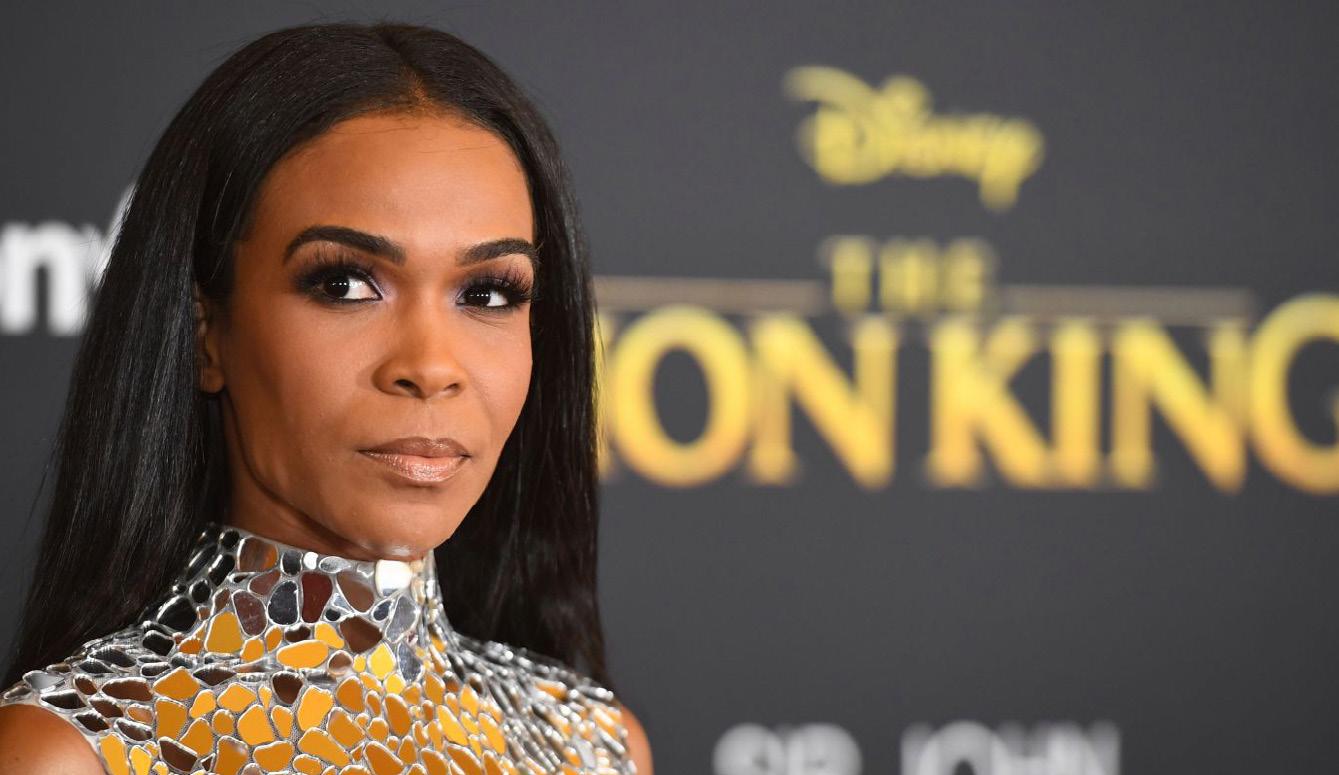
Credit: AFP/Getty Images
Credit: Invision/AP Images

Demi Lovato
It is fair to say that Demi Lovato has been nothing short of inspiring when it comes to breaking down mental health stigmas, participating in candid interviews and frequently writing and sharing moving lyrics about her struggles. She produced the MTV documentary Stay Strong following her recovery, and has been active in her contribution to discussions around mental health. Lovato has suffered from a multitude of mental illnesses such as depression, addiction, eating disorders and bipolar disorder, making her story particularly inspiring and helpful to others. Her vicious cycle of relapse is something that infuses a sense of realism to the topic of mental health discussion.
Her recent performance of‘ Anyone‘ at the Grammys recieved a standing ovation.
No amount of money or fame can promise you happiness. With the recent devastating news of Caroline Flack, it is more important than ever that celebrities are able to show that they can struggle too. Mental illnesses can be found where you least expect them; it can sometimes be those that seem the happiest who are struggling the most.
If issues discussed in this article have affected you or someone you know, support is available from Leeds MIND, Leeds IAPT, the University of Leeds and Help and Support at Leeds University Union.








